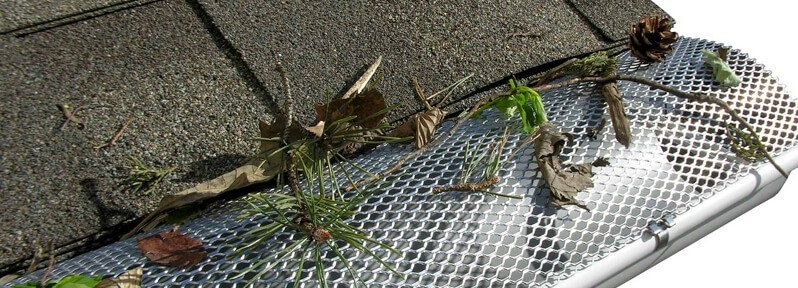Allergies and Your Home

Allergies are something we normally associate with Springtime and pollen, but our homes and yards are sources for allergies year-round. We can combat all the histamine-producing allergens, and it may take some work, but it can certainly cut back on our suffering.
Inside
-
- Bedrooms are likely the main culprit of allergies. Cover mattresses and pillows with dust mite-proof covers. Wash bedding weekly in the hot water, and the fewer throw pillows and decorative bedding we have, the better.
-
- Obviously, there are allergens in dust, so while you dust, wear a mask, and clean top-to-bottom.
-
- Opt for hard flooring with wool or wool-blend area rugs. When you must deal with wall-to-wall carpet, vacuum often, and have them steam-cleaned at least twice a year.
-
- Speaking of vacuums, make sure yours has a HEPA filter, and keep the appliance clean.
-
Start the habit of removing shoes as you come in the door. Have a pair of indoor-only slip-on shoes to wear around the house. Having a doormat outside and one inside as people walk in will cut down on pollen and mold being brought inside as well.
-
- Machine washable slipcovers are perfect for upholstery, but on occasion, go over the sofa and any other fabric-covered furniture with the vacuum.
-
- Use bleach or other mold-killers as you clean bathrooms and watch for mold growth anywhere water is used.
Outside
-
- In Spring, when trees are pollinating, wear a mask while working in the yard.
-
- Another time to wear a mask is while mowing--the blades of your mower are stirring up all types of mold spores, and you may blame it on grass, but your allergies could be coming from the mold.
-
- Keeping your grass fertilized will inhibit growth of weeds that can make you sniffle and sneeze.
-
- If you love to garden, but not sure what to plant so you won’t feel miserable while you’re working, check out these tips from HGTV.
-
- That morning walk or jog is great for your general health, but if you must deal with allergies, move your exercise time to evenings when pollen is low.
-
- Shower as soon as you come in, or at least, change clothes that pollen and other allergens cling to.
-
- Wipe the pets down with a damp cloth whenever they come in from outside, as their fur is the perfect place for irritants to hitch a ride.
The best tip is not to allow allergies to control your life. Talk to your doctor about antihistamines that you can take so you can enjoy the great outdoors and so you won’t feel like you should be cleaning every single day. Allergies can make life miserable, but it doesn’t have to be that way.
Courtesy of New Castle County DE Realtors Tucker Robbins and Carol Arnott Robbins.
Photo credit: atlanticshoresusa.com














